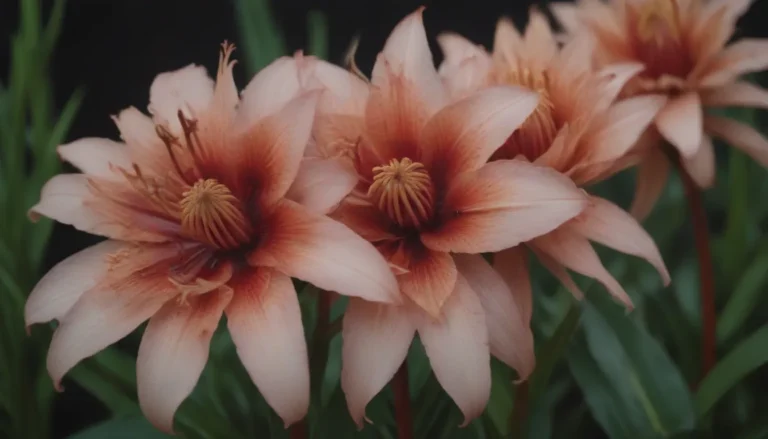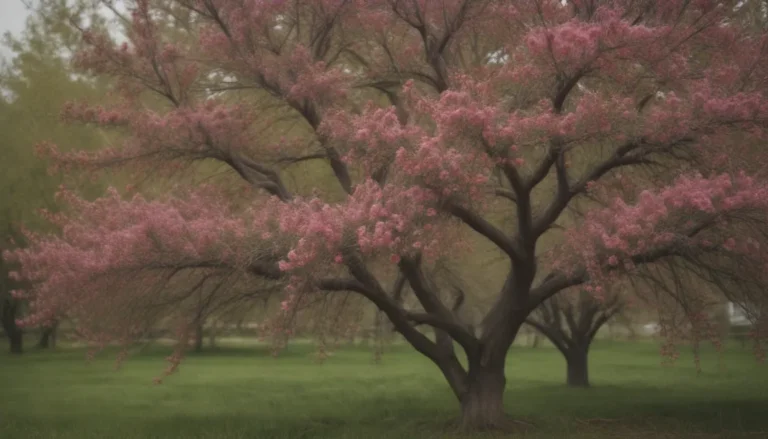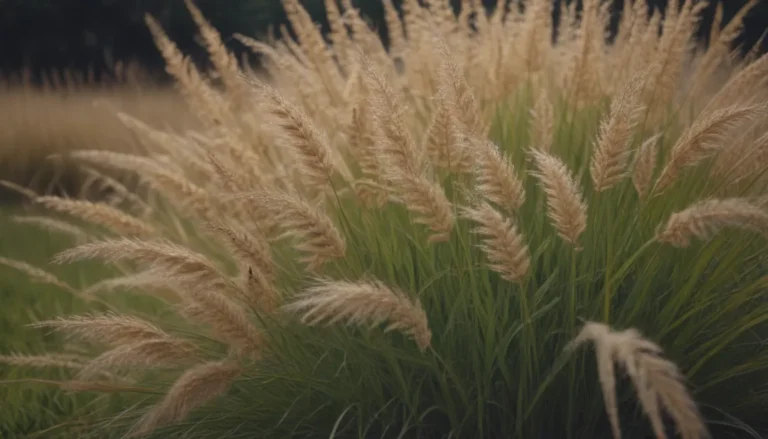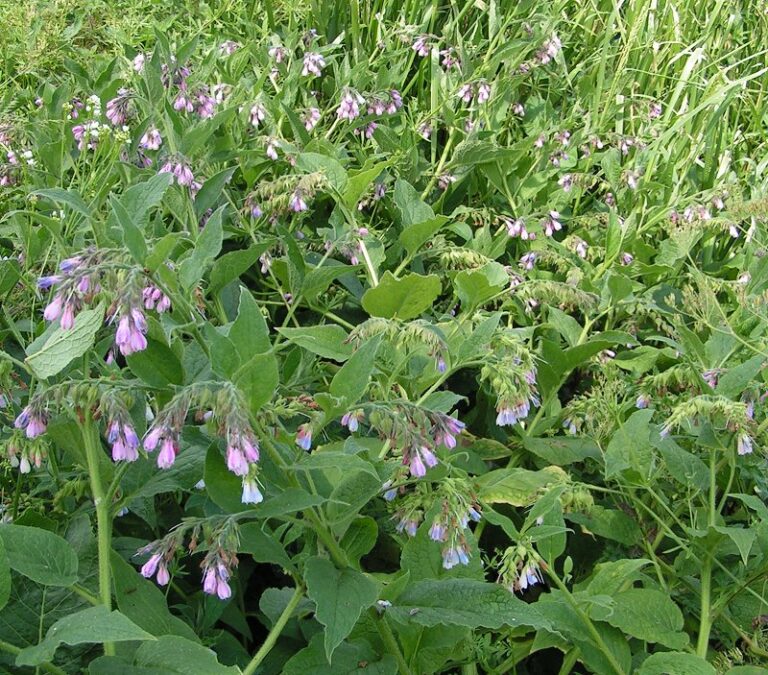The Ultimate Guide to Growing and Caring for Bleeding Heart Vines (Glory Bower)
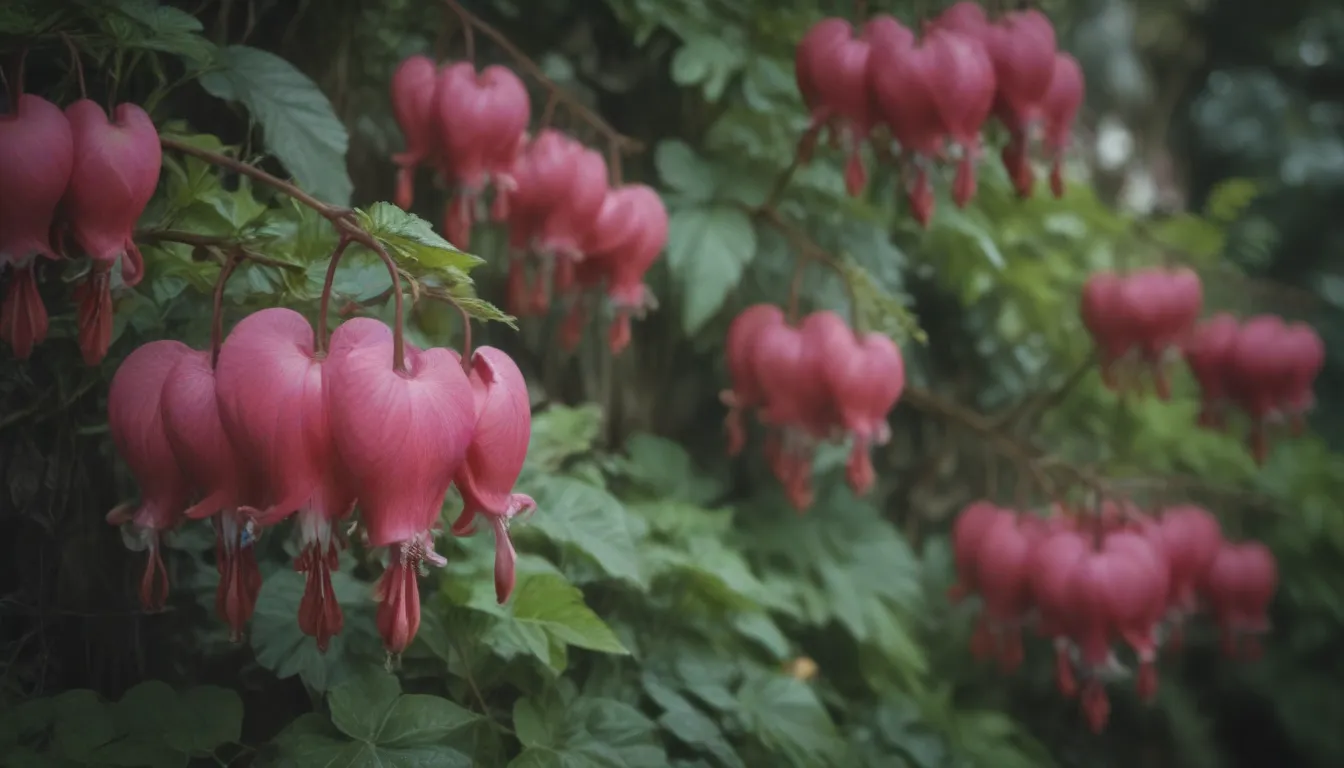
If you have a shady landscape, you may be familiar with pendulous spring-flowering plants, but have you heard of the stunning Bleeding Heart Vine, also known as the Glory Bower plant? In this comprehensive guide, we will delve into all you need to know about this beautiful tropical climbing vine, from its care requirements to propagation tips and common problems you might encounter. Let’s get started on your journey to successfully growing and nurturing your very own Bleeding Heart Vine!
Getting to Know Bleeding Heart Vines
Bleeding Heart Vine, scientifically known as Clerodendrum thomsoniae, is a tender, fast-growing tropical climbing vine with big clusters of showy flowers and glossy, dark-green, oval leaves. Unlike the herbaceous perennial bleeding heart, this vine offers a unique and stunning appearance that will add a touch of elegance to any garden or indoor space.
Glory Bower Care Tips
Here are some essential care tips to ensure your Bleeding Heart Vine thrives:
- Light: Place your vine in a south-facing window to ensure it receives bright light for optimal blooming.
- Soil: Use moist, well-draining soil enriched with organic material to keep your vine healthy and happy.
- Water: Keep the soil consistently moist during the active growing season, ensuring your vine receives at least 1 inch of water per week.
- Temperature and Humidity: Maintain indoor temperatures between 55 F to 75 F and provide a minimum humidity level of 50% to keep your vine in top condition.
- Fertilizer: Feed your vine with a balanced fertilizer or 5-10-5 fertilizer to kick start its growing season, providing it with nutrients to thrive.
Types of Glory Bower Plants
Did you know that there are over 400 types of Glory Bower plants? Here are just a few examples of the stunning varieties you can explore:
- Red Clerodendrum, Flaming Glorybower (Clerodendrum splendens)
- Clerodendrum Vine (ClerodendrumxSpeciosum)
- Shooting Star (Clerodendrum quadriloculare)
- Harlequin Glorybower (Clerodendrum trichotomum)
With such a diverse range of colors and shapes, you are sure to find a Glory Bower plant that captures your heart.
Pruning and Propagating Bleeding Heart Vines
Pruning is essential to keep your Bleeding Heart Vine full and bushy. Remember to prune away dead wood in late winter before new growth appears and wait until after flowering to do any major pruning. Additionally, propagating your vine through stem cuttings or seeds can be a rewarding experience.
How to Propagate Bleeding Heart Vine
- Stem Cutting: Propagate your vine by taking stem cuttings and following simple steps to encourage root growth.
- Growing From Seed: Pollinated flowers develop green fruits that contain seeds. Plant these seeds in spring and watch your new vines grow.
Potting, Repotting, and Overwintering Tips
Regularly repotting your Glory Bower plant and providing the right overwintering conditions are essential for its long-term health and growth. Here are some key tips to keep in mind:
- Potting and Repotting: Repot your vine during its dormant period or when it has outgrown its current pot to ensure it continues thriving.
- Overwintering: If you live in a region with freezing winters, move your vine indoors during the winter months to protect it from cold temperatures.
Dealing With Common Pests and Plant Diseases
Keeping an eye out for common pests and diseases that might affect your Bleeding Heart Vine is crucial for maintaining its health. Here are some tips to help you tackle potential issues:
- Botrytis Blight: Prevent fungal infections by ensuring good air circulation around your vine.
- Pest Control: Mealybugs and spider mites can pose a threat to your vine. Use natural insecticides or soapy water to eliminate these pests.
How to Encourage Blooming in Your Bleeding Heart Vine
Watching your Bleeding Heart Vine bloom is a truly rewarding experience. To ensure your vine produces beautiful flowers, follow these tips:
- Fertilization: Regular feeding with a fertilizer containing calcium can encourage flowering.
- Pruning: Cut back stems after the first bloom to promote a second flowering period.
- Light Requirements: Provide your vine with adequate daily light to ensure optimal blooming.
Troubleshooting Common Problems With Bleeding Heart Vines
If you encounter issues such as discoloration on leaves, webbing, or yellowing leaves, there are simple steps you can take to address them. Here are some common problems and solutions:
- Discoloration: Adjust sunlight exposure and watering habits to correct leaf discoloration.
- Pest Infestations: Treat spider mite or mealybug infestations promptly with natural insecticides.
- Yellowing Leaves: Address nutrient deficiencies by supplementing with the necessary minerals to support plant health.
In conclusion, growing and caring for a Bleeding Heart Vine can be a truly fulfilling experience. With the right knowledge and attention to detail, you can enjoy the beauty of this stunning tropical vine in your own home or garden. Follow these tips and guidelines to create the perfect environment for your Bleeding Heart Vine to thrive and flourish. Happy gardening!

